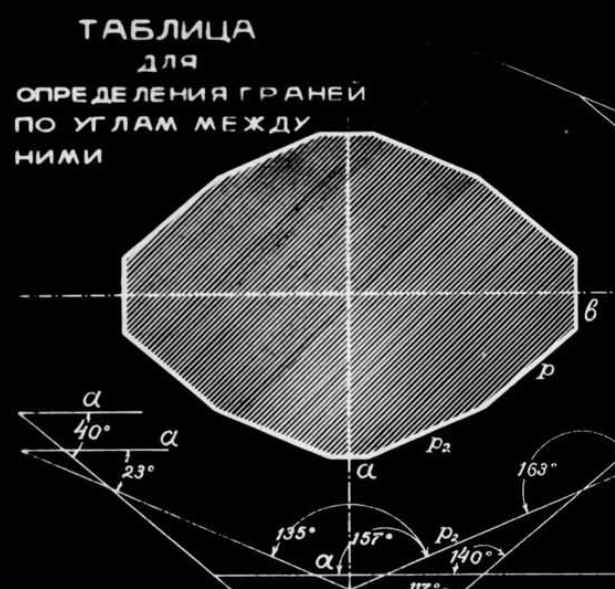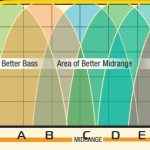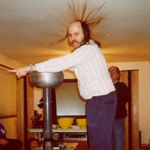 Масштабная, наиболее подробная и всесторонняя из всех известных мне работ по выращиванию кристаллов Сегнетовой соли! Жаль, что она мне попалась только сейчас, не пришлось бы тратить время на изобретение многих велосипедов.. Например, карту всех углов кристалла нашел только здесь, а сколько было сомнений..
Масштабная, наиболее подробная и всесторонняя из всех известных мне работ по выращиванию кристаллов Сегнетовой соли! Жаль, что она мне попалась только сейчас, не пришлось бы тратить время на изобретение многих велосипедов.. Например, карту всех углов кристалла нашел только здесь, а сколько было сомнений..
BTM ➤ Ссылки
В. Ловчиков — Почему наука зашла в тупик
Много чего интересного, на 16мин 40сек показано взаимодействие магнита с разомкнутым контуром, то-есть, опровержение правила Ленца.
Где хранится заряд в конденсаторе
Прекрасная иллюстрация как криво официальная теория описывает работу конденсатора! Причем то, что заряд хранится в диэлектрике открыл еще Франклин , но в итоге кто-то продвинул другую точку зрения. Есть еще прекрасный опыт с воздушным конденсатором, если его зарядить и потом продуть воздух между пластинами, конденсатор разряжается. Однако ведь существуют и вакуумные конденсаторы, интересно что там заряжается?
William J. Beaty — What Is «Electricity»?
An Audio Glossary by J. Gordon Holt
 Subjective audio is the evaluation of reproduced sound quality by ear. It is based on the novel idea that, since audio equipment is made to be listened to, what it sounds like is more important than how it measures. This was a natural outgrowth of the 1950s high-fidelity «revolution,» which spawned the notion that a component, and an audio system as a whole, should reproduce what is fed into it, without adding anything to it or subtracting anything from it.
Subjective audio is the evaluation of reproduced sound quality by ear. It is based on the novel idea that, since audio equipment is made to be listened to, what it sounds like is more important than how it measures. This was a natural outgrowth of the 1950s high-fidelity «revolution,» which spawned the notion that a component, and an audio system as a whole, should reproduce what is fed into it, without adding anything to it or subtracting anything from it.
What makes an audio system revealing?
 Many audio systems are just mediocre, masking inner details and audible cues that allow the listener to look deeper into the recording. A revealing system is an exact opposite and Paul McGowan from PS Audio explains how.
Many audio systems are just mediocre, masking inner details and audible cues that allow the listener to look deeper into the recording. A revealing system is an exact opposite and Paul McGowan from PS Audio explains how.
See video
Cables’ Poles of Articulation by Music Interface Technologies
 MIT Cables’ core audio cable technology is our exclusive Poles of Articulation, named after the fact that every audio cable has a single point where it is most efficient at storing and transporting energy. At this point in the audio frequency spectrum, the cable will articulate best, and represents the cables’ particular Articulation Pole.
MIT Cables’ core audio cable technology is our exclusive Poles of Articulation, named after the fact that every audio cable has a single point where it is most efficient at storing and transporting energy. At this point in the audio frequency spectrum, the cable will articulate best, and represents the cables’ particular Articulation Pole.
Read more
Which Way to Run a Cable?
 Roger Skoff writes about everybody’s favorite controversial product.
Roger Skoff writes about everybody’s favorite controversial product.
While the debate continues on the internet over whether different cables sound different, those of us with the ears and listening skills to hear it and the systems and listening environments of sufficient resolution to show it know that it’s not just different cables that sound different, but that even the same cable, hooked-up differently, can make for clear and obvious differences in the sound of our music.

